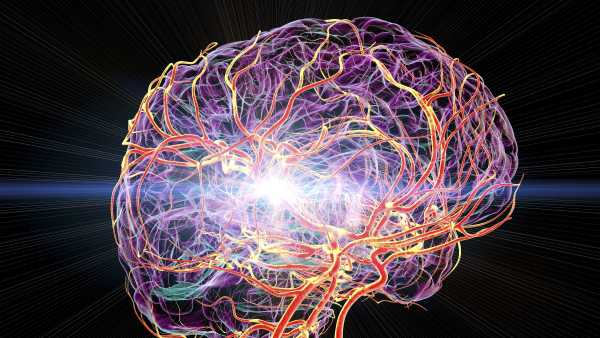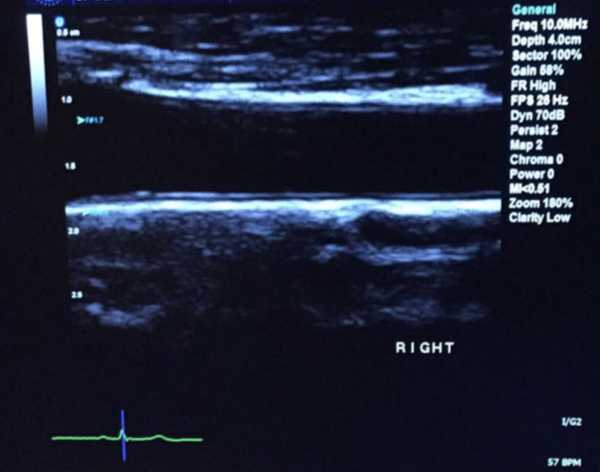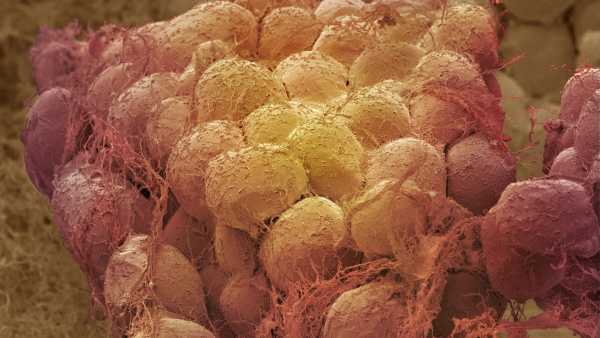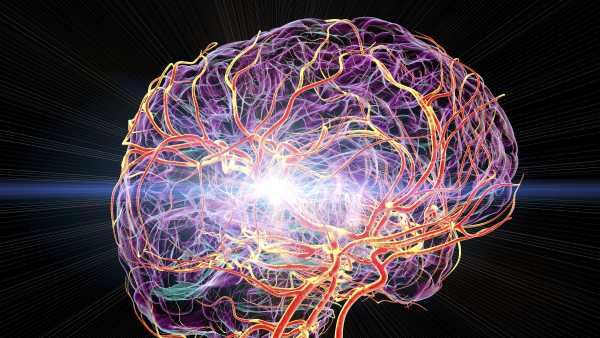
A technician performs an ultrasound scan of the carotid artery. (Photo: simon2579 via Getty Images)
Scientific studies have long confirmed the relationship between poor gum health and an increased risk of cardiovascular disease. A recent study shows that treating advanced periodontitis can reduce the narrowing of large arteries over time in patients without other chronic diseases.
It is likely that standard dental procedures aimed at combating inflammation may become an additional tool for slowing down age-related changes in the vascular system.
“I was really surprised by the initial data,” study co-author Dr. Marco Orlandi, a periodontal researcher at University College London, told Live Science.
You might be interested
-

Experiment: Vaccination of mice against influenza was combined with hygiene of their miniature teeth.
-

Losing weight helps renew fat tissue by eliminating aging cells
-

Unraveling the Mystery of Migraines After Cardiac Surgery
According to statistics, about 40% of the adult population of the United States over the age of 30 are faced with periodontitis. This inflammatory disease provokes tooth mobility, tooth loss and persistent halitosis. As the disease progresses, periodontal pockets increase, where bacterial deposits accumulate.
Numerous studies have revealed a correlation between periodontitis and the risk of developing neurodegenerative, oncological and autoimmune diseases. Scientists are particularly focused on the relationship between periodontitis and heart and vascular pathologies. It has previously been proven that gum therapy improves the condition of the endothelium.
A paper in the European Heart Journal on August 19 reported slower thickening of the carotid artery walls after periodontal treatment in healthy participants. Changes in the intima-media thickness of blood vessels are considered an important predictor of cardiac complications.
“Our results demonstrate that anti-inflammatory gum therapy affects vascular health independently of classic risk factors such as cholesterol levels,” Orlandi explained.
To test the hypothesis, Orlandi's team conducted a randomized trial at a London clinic. Participants were divided into a main group that received intensive treatment and a control group that received minimal intervention.

Ultrasound visualization of the carotid artery: the central lumen is surrounded by layers of the vascular wall, surrounded by soft tissues.
At baseline, 135 participants with severe periodontitis underwent ultrasound scanning of their arteries to assess baseline parameters. In addition, endothelial function and inflammatory markers in the blood were measured. All volunteers had no comorbidities.
When distributing the groups, the degree of periodontitis, smoking and hereditary predisposition to cardiovascular pathologies were taken into account.
The main group received complex treatment: professional oral hygiene and subgingival curettage. The control group underwent standard cleaning without deep gum treatment.
During the two-year follow-up, participants visited their dentist regularly. Arterial health was re-evaluated at 12 and 24 months, with blood and vascular function analyzed in parallel.
The results showed thinner arterial walls in patients who received intensive care. “These changes are comparable to the effects of some medications and lifestyle changes,” study co-author Dr. Francesco D’Aiuto told Live Science.
Treated patients also showed improved vascular tone and a reduction in biochemical markers that contribute to atherosclerosis.
“Our data confirm that timely treatment of periodontitis can slow down vascular aging and reduce the risks of cardiac events,” D'Aiuto concluded.
Orlandi said the main limitation of the study was that it was conducted in a single medical center, which could potentially affect the results.
Related materials
—Ancient bacteria in Neanderthal dental plaque opens new horizons in antibiotic development.
—Cholesterol-Absorbing Gut Microflora: Natural Heart Defense
—The mechanism of caries formation: from plaque to enamel destruction
Dr Maurizio Tonetti, an independent expert from the University of Hong Kong, stressed that the findings cannot be extrapolated to patients diagnosed with atherosclerosis. However, the study confirms the importance of a holistic approach to health.
“For a long time, dentistry and general medicine existed in isolation,” Tonetti noted. “Integration of these areas is necessary to achieve better clinical results.”
Important information
The material is intended for informational purposes only and does not replace specialist advice.

Sophie Berdugo, science journalist for Live Science
Sophie Berdugo is a staff writer for Live Science (UK). She covers neuroscience, anthropology and cosmology. Her work has appeared in New Scientist, BBC Wildlife and elsewhere. She won the 2025 British Science Journalists’ Association Award for Best New Writer. She holds a PhD in evolutionary anthropology from Oxford University, where she studied tool use in primates.
Before posting a comment, you must select a display name.
To complete the procedure, you will need to log in to your account again.
Exit Next in the section

Surprising Success: Oral Hygiene Improves Vaccination Efficiency in Rodents

Rejuvenation of adipose tissue through the removal of aging cells

New understanding of postoperative migraines in cardiac surgery
Sourse: www.livescience.com





